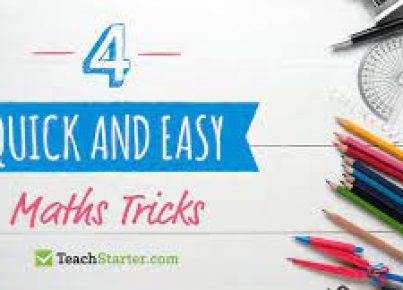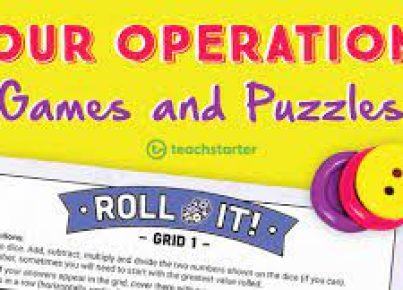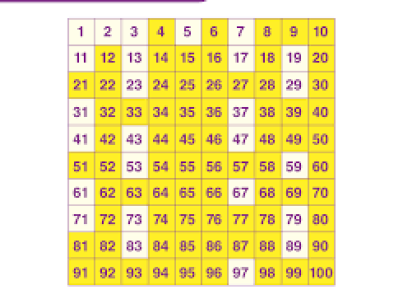Teaching fractions can be a challenging concept for both educators and students. However, with the appropriate resources, educators can simplify the process, making it engaging and understandable for students of various ages and learning styles. This article explores the variety of teaching resources available for instructing students on fractions.
Visual Aids
Visual aids are essential when introducing fractions. Pie charts, fraction bars, and number lines offer concrete representations that help students visualize part-whole relationships. Manipulatives such as fraction towers or circles allow students to physically build and compare fractions, fostering a deeper understanding of size and equivalence.
Interactive Tools
Interactive whiteboards or tablet applications can bring fractions to life through animated lessons and games. These tools often include activities where fractions are used in real-life contexts, such as measuring ingredients for a recipe or dividing a pizza among friends, which helps students relate to the concept practically.
Worksheets and Printables
Worksheets remain an effective resource for practicing fraction problems. They can range from basic exercises involving identifying and coloring fractions to more complex problem-solving scenarios involving addition, subtraction, multiplication, or division of fractions. Websites like Teachers Pay Teachers offer a wide range of printables created by experienced educators.
Online Platforms
Several online platforms provide structured lessons on fractions complete with videos, guided practice, and adaptive assessments. These platforms track student progress and adapt to their learning pace which is beneficial for differentiated instruction.
Games
Educational games that incorporate fraction concepts help foster a fun learning environment while reinforcing skills. Games such as “Fraction War,” where students compare the size of fractions in a card game format, or “Fraction Bingo,” can make learning more dynamic and enjoyable.
Literature
There are numerous educational storybooks that introduce fractions in a narrative format. Such literature can humanize the abstract concept by tying it into relatable stories that carry mathematical lessons.
Collaborative Learning Activities
Group activities like cooking or crafting projects where measurements need to be divided or multiplied allow students to work with fractions collaboratively. When done in teams, these activities also encourage communication and problem-solving skills among students.
To conclude, having a diverse array of teaching resources at their disposal allows educators to approach the topic of fractions from multiple angles. The key is to combine traditional methods with innovative strategies tailored to the evolving needs of today’s learners. Through engaging visual aids, interactive tools, practice worksheets, educational games, literature, and collaborative projects educators can effectively demystify fractions for their students.





